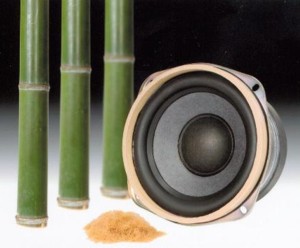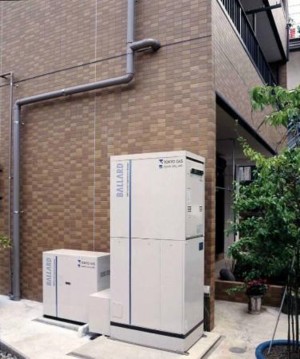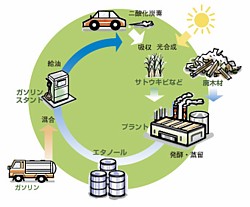 Bio Ethanol Japan Kansai, a company established by Taisei, Daiei Inter Nature System, Marubeni, Sapporo Beer and Tokyo Board Industries, is set to begin commercial production of bioethanol made from wood waste. Opening ceremonies for the Osaka plant, which the company claims is the world's first of its kind, are scheduled for January 16.
Bio Ethanol Japan Kansai, a company established by Taisei, Daiei Inter Nature System, Marubeni, Sapporo Beer and Tokyo Board Industries, is set to begin commercial production of bioethanol made from wood waste. Opening ceremonies for the Osaka plant, which the company claims is the world's first of its kind, are scheduled for January 16.
With efforts to reduce fossil fuel consumption and growing concern over global warming, worldwide interest in ethanol made from biomass is on the rise. Using wood waste from construction, agriculture, forestry and other sources, Bio Ethanol Japan aims to produce 1,400 kiloliters (370,000 gallons) of ethanol fuel in its initial year, and eventually plans to boost annual production capacity to 4,000 kiloliters (1.06 million gallons). The bioethanol will be mixed with gasoline at a concentration of 3%, helping to reduce fossil fuel consumption and lessen the impact on global warming.
The Ministry of Environment, which provided assistance in establishing the plant, has officially recognized the enterprise as a business model contributing to the reduction of global warming. Environment Minister Masatoshi Wakabayashi is scheduled to attend the opening ceremony.
The use of ethanol as an automotive fuel figures prominently into the Japanese government's Biomass Nippon Strategy, which is designed to promote the production and use of biomass fuel. In addition to reducing CO2 emissions, the widespread use of ethanol fuel encourages the recycling of construction-derived wood waste and furthers efforts to create a more recycling-oriented society.
Now, if Bio Ethanol Japan Kansai could figure out a way to make fuel from the 63 million pairs of disposable chopsticks thrown out every day in Japan...
[Source: Fuji Sankei]

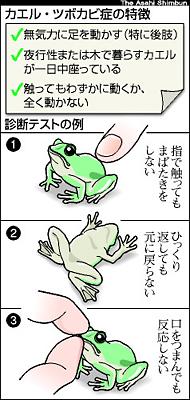 Asia's first confirmed case of
Asia's first confirmed case of 
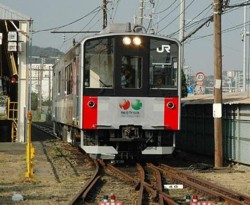 On October 19, East Japan Railway Company (JR East) made a test run of its
On October 19, East Japan Railway Company (JR East) made a test run of its 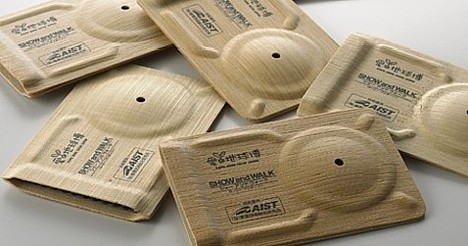
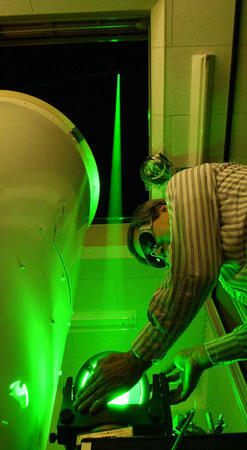 In an annual rite of spring, scientists in Japan carefully monitor the atmosphere for
In an annual rite of spring, scientists in Japan carefully monitor the atmosphere for 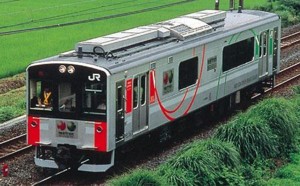 On April 4, the
On April 4, the 